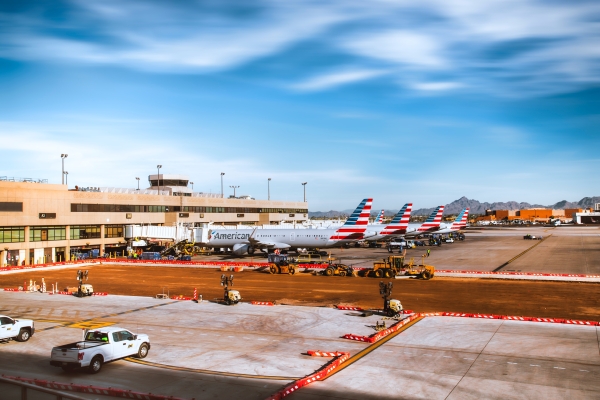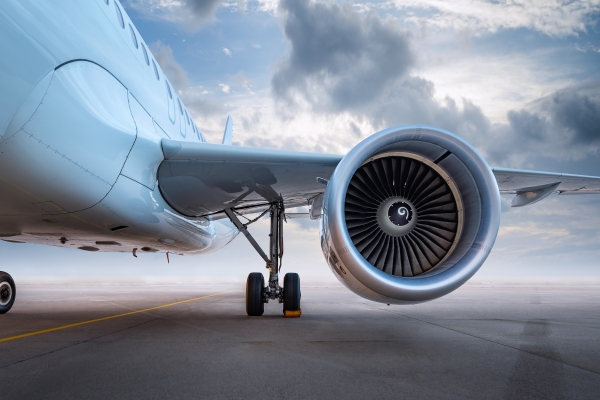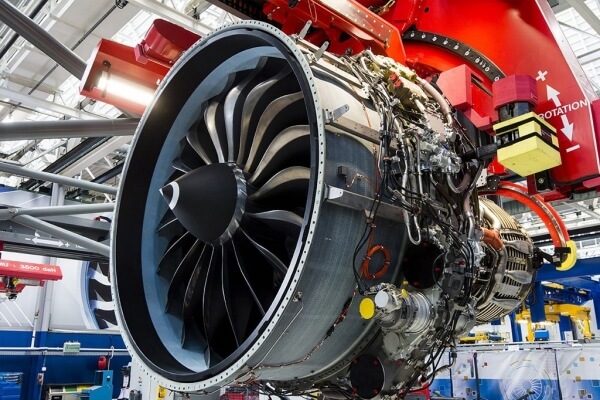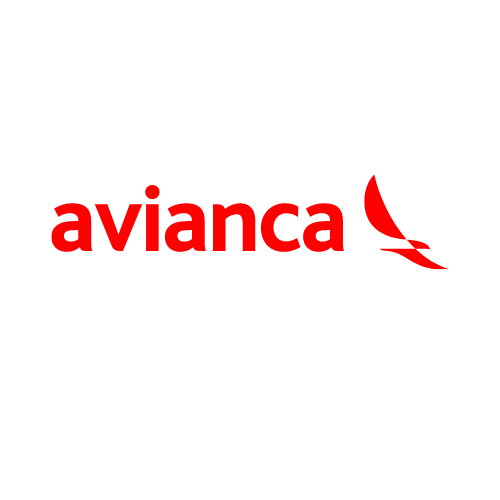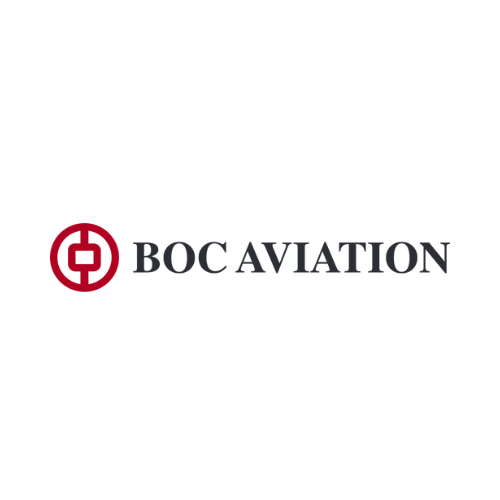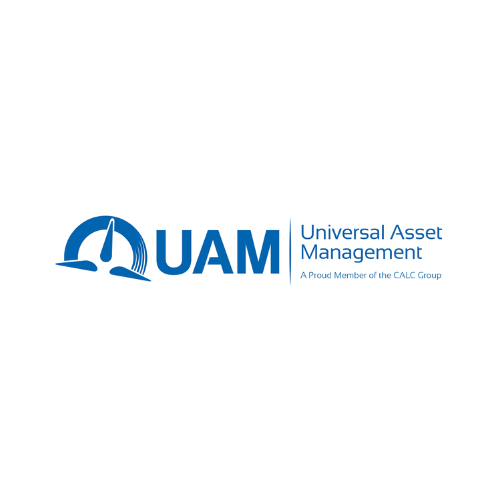Discover IBA’s dynamic aviation market reports
IBA produces regular, detailed aviation market reports on numerous aspects of the industry. Combining the wealth of proprietary data and market intelligence from our IBA Insight and IBA NetZero platforms with the unique perspectives of our experts, our reports will help to drive your decision-making with clear, independent analysis.
Whether you're looking for an analysis on aircraft and engine values or a deep dive into the economics of a local market, our reports give you the insights you need.
Browse a selection of our market intelligence reports below.

